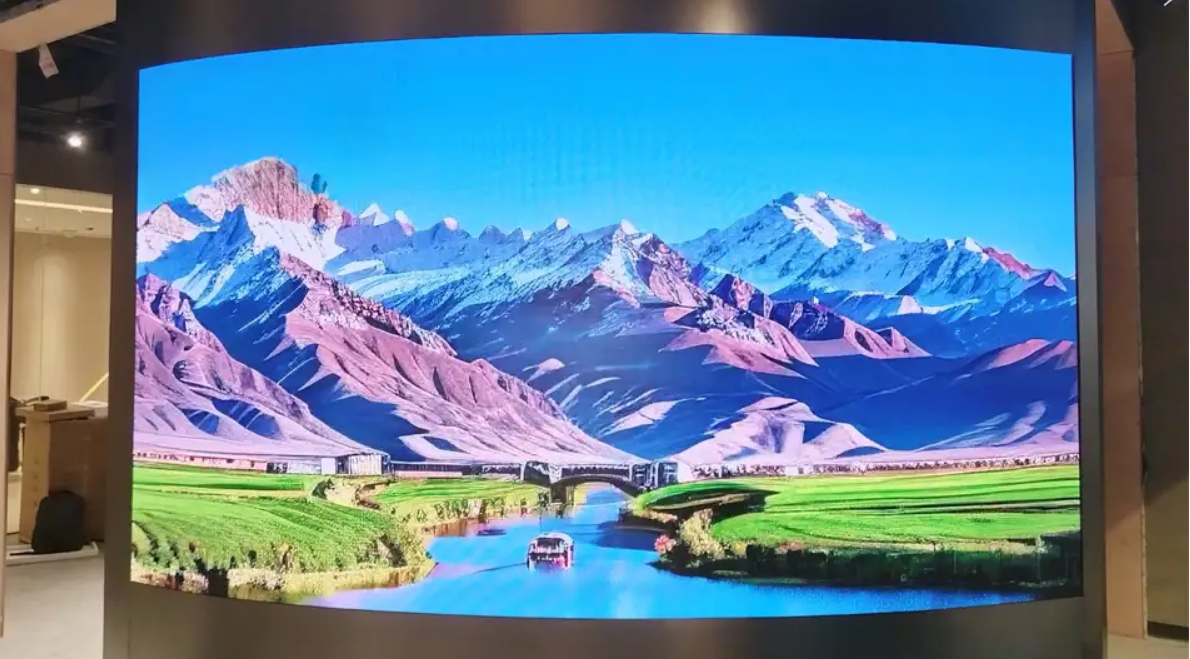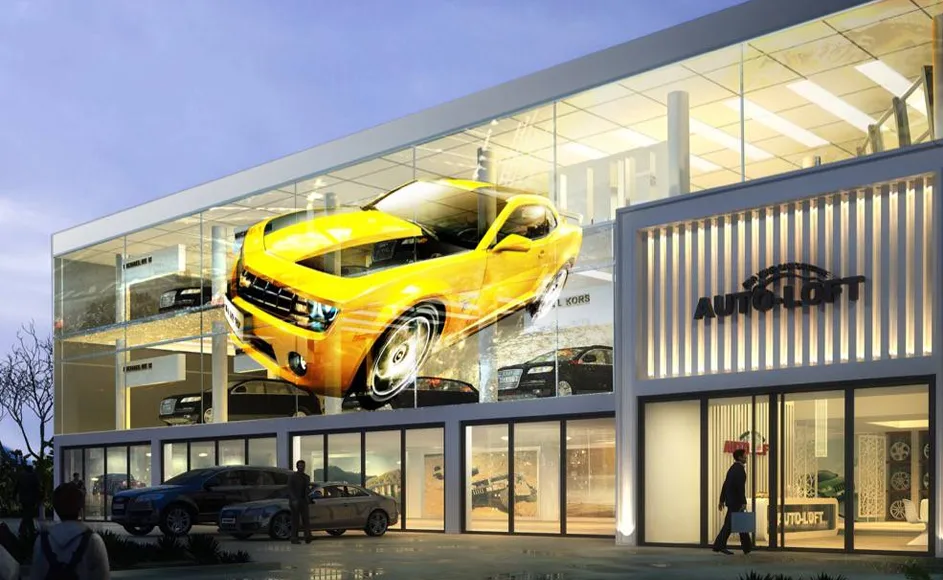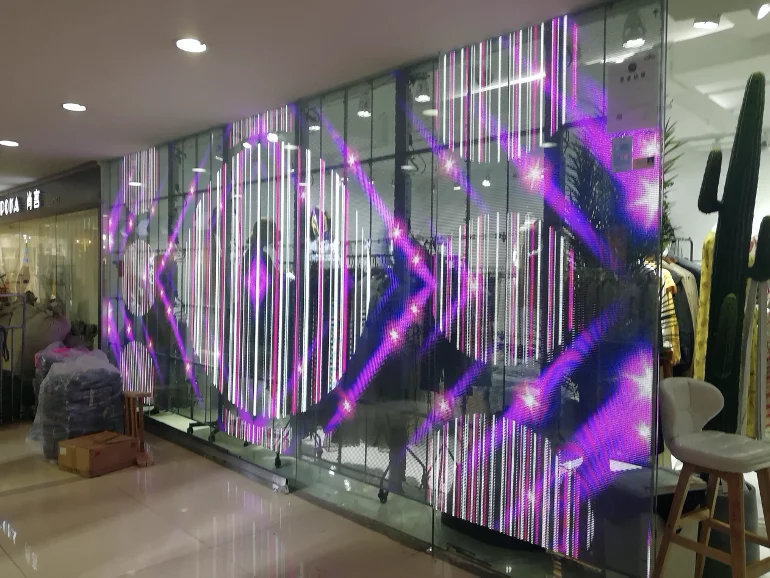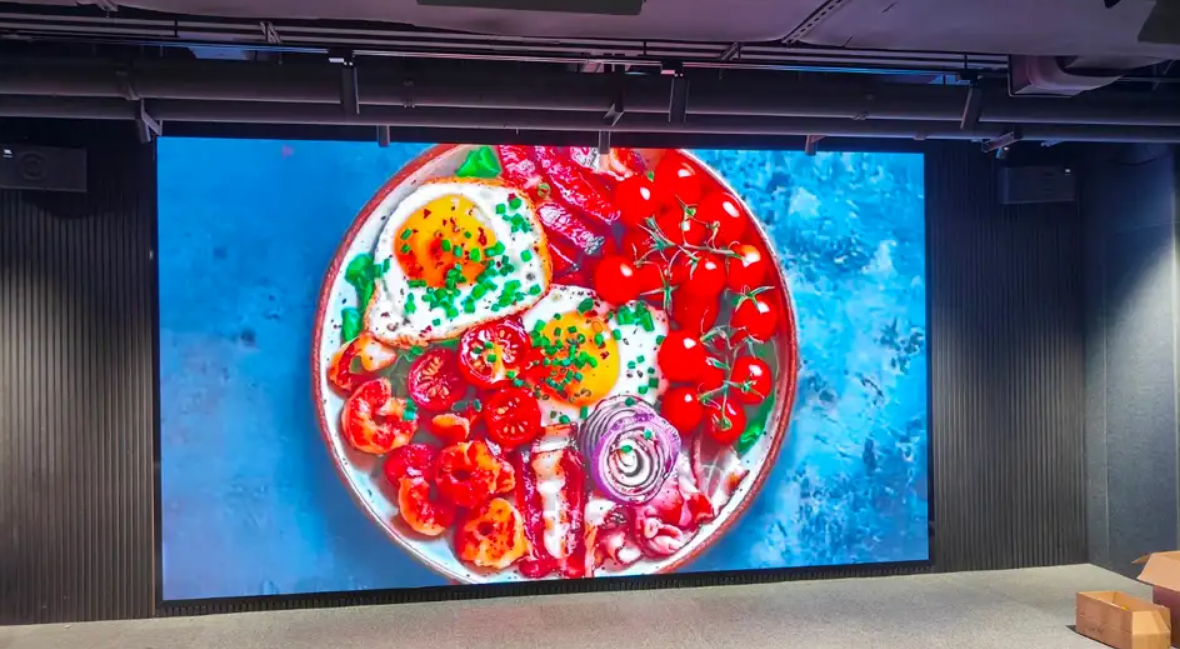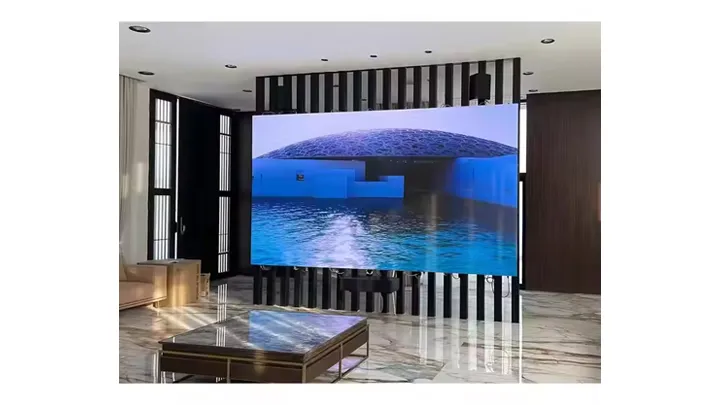Have you ever visited someone’s home and been absolutely stunned by their living room wall—and realized it wasn’t just a TV, but an entire wall-sized screen displaying breathtaking visuals?
That’s how I felt the first time I walked into a friend’s newly renovated home and saw a home LED display in action. The image quality was jaw-dropping, the colors felt alive, and the display blended into the wall so seamlessly it almost felt like a living window. Instantly, I understood that home LED displays aren’t just about watching movies—they’re about creating a modern visual centerpiece that transforms your entire living space.
Designing a beautiful home today is no longer just about stylish furniture or creative layouts. It’s about integrating technology that elevates both function and atmosphere. In a world where visual experiences shape our moods, entertain us, and bring people together, the kind of screen you choose can make your home feel exceptional.
That’s why in this guide, I’ll walk you through exactly what a home LED display is, how it differs from conventional TVs, the key benefits it brings to modern living, and what you should consider if you want to create a truly immersive, personalized home environment. If you’ve ever dreamed of turning your walls into stunning digital canvases, you’re in the right place.
#Muenled
#LEDdisplay
